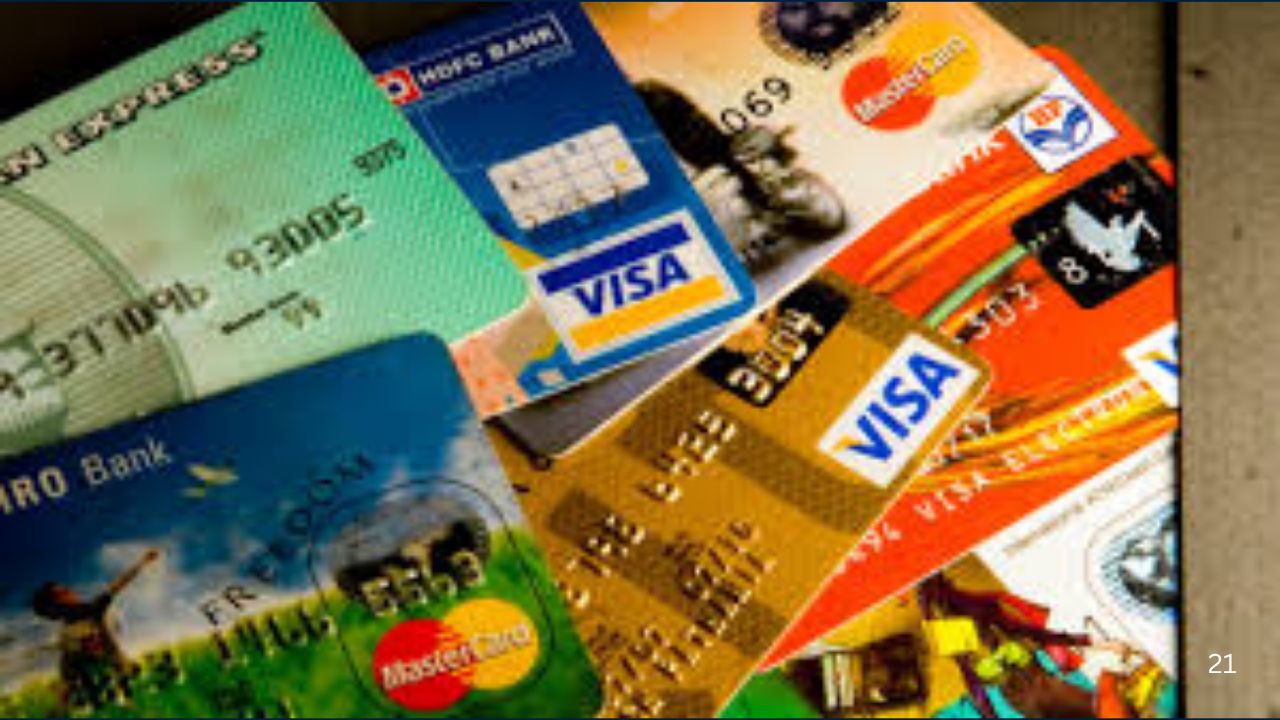Don’t Panic! How to Quickly Resolve a Credit Card Dispute
Credit cards are essential in our increasingly digital world, but they’re not without risks. Have you ever checked your statement and found multiple charges, unauthorized transactions, or billing errors? It happens! When it does, knowing how to quickly and efficiently dispute these charges is crucial for protecting your money.
Here’s a clear, step-by-step guide to disputing a credit card charge and safeguarding your finances:
1. Pinpoint the Problem
Before you jump into a dispute, confirm that the transaction is indeed disputable. It could be wrong for several reasons:
- Identical transaction: You were charged twice for the same purchase.
- Unauthorized transaction: A charge you didn’t approve.
- Billing inaccuracy: The merchant charged you the wrong amount.
- Cancelled subscription: A charge appeared after you cancelled a service.
- Incorrect value: The amount charged doesn’t match what you expected.
Sometimes, merchants use different billing descriptions, which can be confusing. Double-check your emails, app history, or receipts to confirm the issue before escalating.
2. Document Everything
Thorough notes are your best friend in a dispute. Keep a detailed record of:
- Transaction ID
- Transaction date
- Charged amount
- Merchant name
- Details about the transaction (what you actually bought or expected to buy)
- Any communication with the vendor (emails, chat logs, screenshots of bank statements, etc., are excellent proof).
3. Contact the Merchant First
Often, the quickest resolution comes from reaching out to the merchant directly. They might be willing to reverse duplicate or erroneous charges without involving the bank. After your initial phone call, always follow up with an email. This confirms your conversation and requests written confirmation of the agreed-upon resolution.
4. Report to Your Credit Card Issuer
If the merchant is unhelpful or unresponsive, it’s time to get your card issuer involved. Most banks offer at least three ways to submit a dispute:
- Through their mobile app or internet banking
- By calling their customer service telephone number
- By sending an email to the credit card complaints team
Important: You generally need to submit your dispute to the bank no sooner than 30 days and no later than 60 days after the transaction date. Delays can weaken your case!
5. Complete the Complaint Form
Many banks require an official dispute resolution form to initiate an investigation. This form typically asks for:
- The nature of your grievance
- Details of the transaction
- Any further information that supports your claim
- A statement of non-authorization (if applicable)
Sign the form (physically or electronically) and always keep a copy for your records.
6. Follow Up and Track Progress
Banks usually clear disputes within 7 to 30 business days. During this time, they might provisionally credit your account or temporarily suspend the charge. You’ll receive formal communication via letter, email, or SMS about the outcome. If the decision is in your favor, the amount will be reversed to your account.
Know Your Cardholder Rights
According to industry standards and RBI guidelines (in India):
- You are not liable for fraudulent charges once they are reported without delay.
- You are entitled to dispute non-existent transactions against your credit card.
- Unresolved issues can be referred to the banking ombudsman for further review.
By being proactive, understanding your rights, and following these steps, you can protect your finances and maintain a healthy credit history. Disputing a charge isn’t just about fixing a mistake; it’s about exercising your rights as a conscientious shopper.
Have you ever had to dispute a credit card charge? Share your experience in the comments below!
